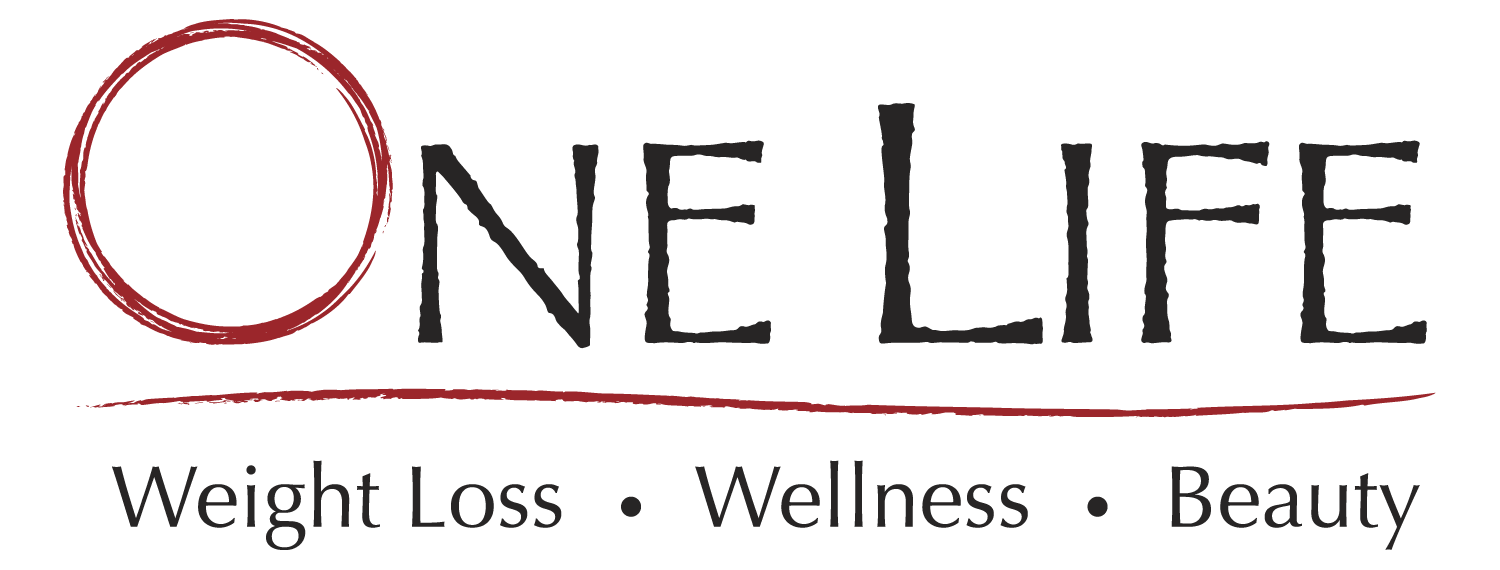THE ART AND SCIENCE BEHIND ONE LIFE'S BLOCKS
The problem with counting calories is the old belief that “a calorie is a calorie” is simply wrong. The truth is carbs cause you to gain weight faster than proteins or fats do. And if you treat all calories as equal, your attempts at weight loss are going to end up in confusion and frustration – because your expectations are based on information that is incorrect.
Rather than using a method of calorie counting that is inaccurate, One Life’s Block System assigns each food a Block count that is based on the ratio of its carbohydrates and calories to its protein, fat, and fiber content, as well as the food’s ability to satisfy hunger and to keep you full. This allows you to accurately assess the true impact of a food on your weight – and will finally allow your weight loss to make sense.
TO BE USEFUL, IT HAS TO BE SIMPLE.
We realize that if you’re still having to look up your Block counts a few months from now you’re going to get tired of the inconvenience and you’ll start slipping back into just winging it. With that realization our goal is to get you onto autopilot as quickly as possible – it’s the only way that tracking your Blocks will ever become a part of your lifestyle and not end up being just a temporary diet.
So to keep it simple, the serving sizes for all of the foods in the book are equal to one Block. And since you only need to remember one variable for each food – its serving size – it’s easy to remember the Block counts of the foods you like to eat.
For example: One egg, 4 gummies, and half a banana all equal 1 Block.
EXCESS INFORMATION DOES NOT MAKE YOU SMARTER.
We don’t want to be an encyclopedic database for the Block count of every food in the world. When too much information is available people tend to become overwhelmed and instead of learning the information they become dependent on the resource. Instead we want to teach you how to calculate your own Blocks and not have to rely on us forever to determine the Block count of the foods you’re eating.
THE "DIVIDE BY 50" RULE.
With that in mind, we don’t list the Block counts for processed, restaurant, or fast foods. These foods all fit into the 50-calorie per Block end of the spectrum. To determine the Blocks of these foods you simply take the calorie count of the food and divide it by 50.
For example:
An Einstein bagel with a smear of cream cheese has 400 calories
400 calories ÷ 50 = 8 Blocks
SIMPLE.
SO A BLOCK IS 50 CALORIES THEN?
Not exactly. Blocks range from 50 to 80 calories depending on their nutrient make-up. In the most basic sense processed carbs and sugars are on the low-end of the spectrum and proteins and fats are on the high end.
DON’T MAKE THINGS COMPLICATED BY TRYING TO BE PERFECT.
The reality is that no matter how good something works, if it’s too complicated, you’re not going to stick with it. So while the “Divide by 50” rule may not be perfectly accurate all of the time, it’s simple, it works, and you’ll actually use it.



